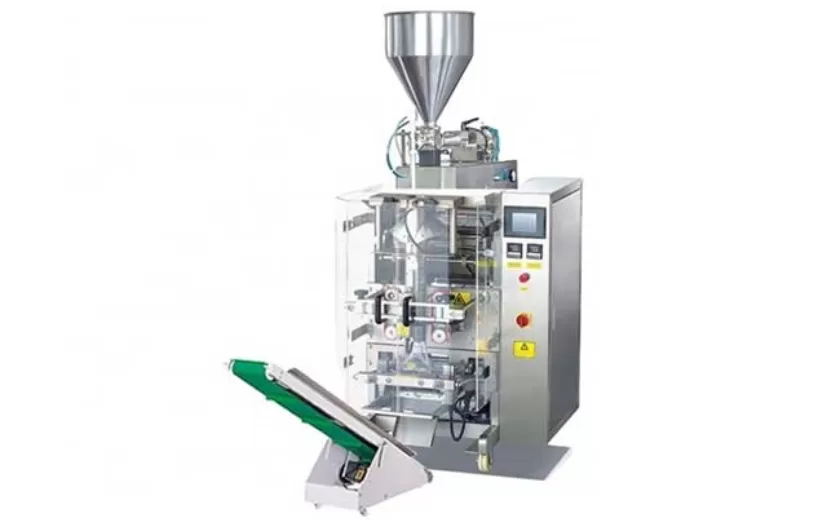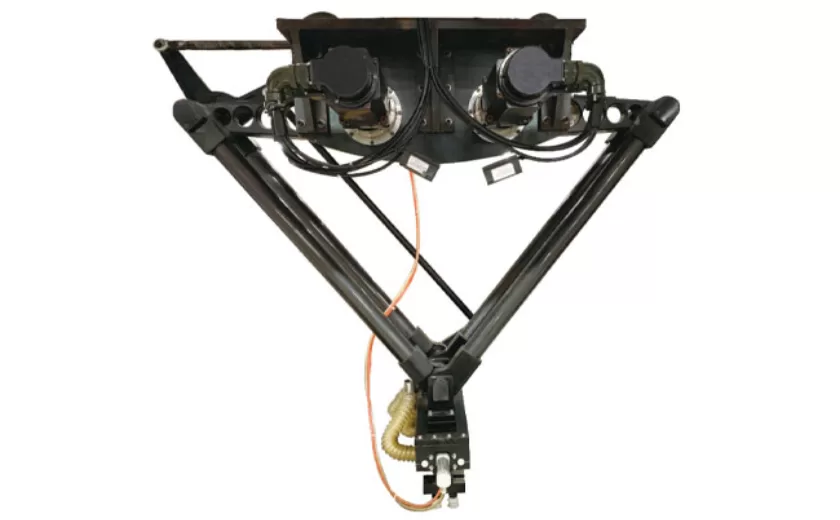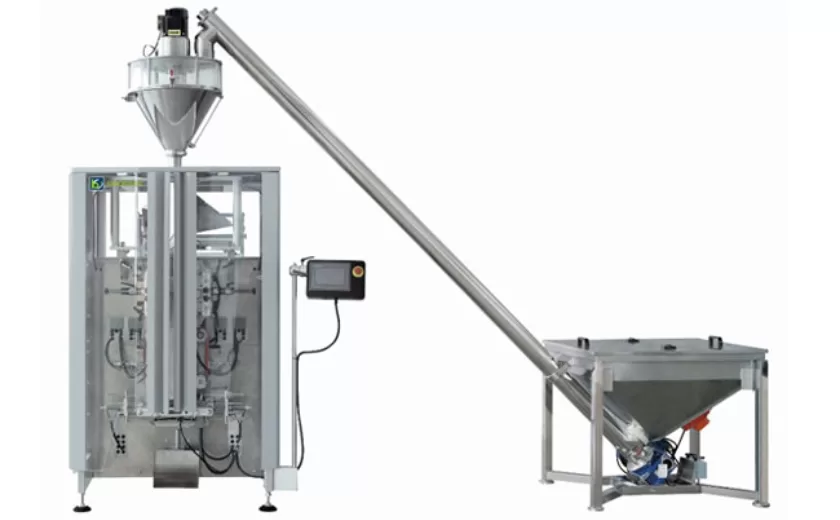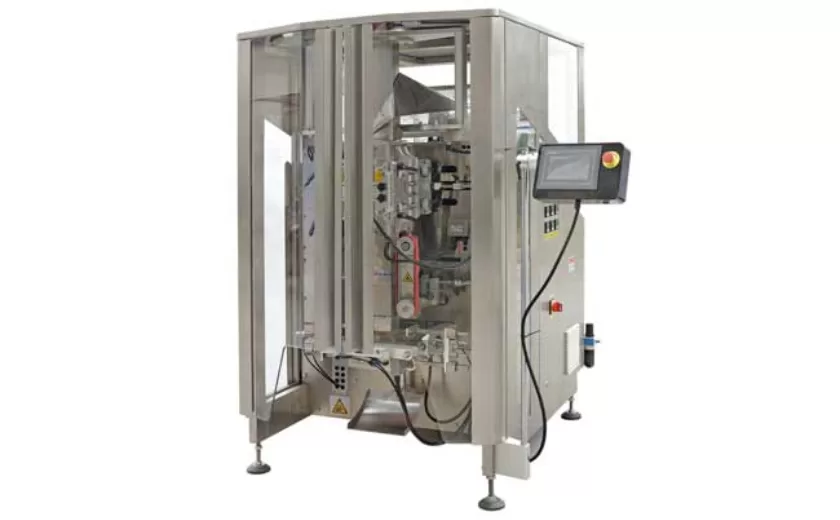Troubleshooting Common Problems with Sugar Stick Packing Machines
Sugar stick packing machines, essential for efficiently packaging sugar sticks in food and beverage industries, often encounter technical issues that can impede production. Troubleshooting these problems promptly is crucial to maintaining productivity and minimizing downtime. This guide provides comprehensive insights into identifying and resolving common issues associated with sugar stick packing machines.
Machine Won’t Start
Power Supply: Ensure that the machine is properly connected to a power source and that the power switch is turned on. Check for any loose connections or tripped breakers.
Fuse Blown: A blown fuse can prevent the machine from receiving power. Locate and replace the blown fuse with a fuse of the correct rating.
Faulty Electrical Circuit: If the fuse is intact, there may be a problem with the electrical circuit. Inspect the wiring for any damage or loose connections. Use an electrical tester to identify any faults.
No Bag Feeding
Empty Bag Magazine: Check if the bag magazine is empty. Load a sufficient number of bags into the magazine and ensure they are properly aligned.
Jammed Bag Path: Inspect the bag feeding mechanism for any obstructions. Remove any jammed bags or foreign objects that may be hindering the bag feeding process.
Faulty Bag Sensors: The bag sensors detect the presence of bags and trigger the machine to start filling. Check the sensors for any dirt or debris that may be causing them to malfunction.
Incorrect Filling Weight
Scale Calibration: The scale used to measure the filling weight may be out of calibration. Use a certified weight to calibrate the scale and ensure accurate filling.
Overfilled Hopper: An overfilled hopper can cause the machine to dispense excess sugar. Adjust the hopper height to the appropriate level.
Leaking Filling Nozzle: A leaking filling nozzle can result in underfilling. Inspect the nozzle for any damage or obstructions and ensure it is properly sealed.
Poor Sealing or Broken Bags
Improper Sealing Temperature: The sealing temperature may be set too low or too high. Adjust the sealing temperature according to the manufacturer’s recommendations.
Damaged Sealing Bar: A damaged sealing bar can prevent bags from sealing properly. Inspect the sealing bar for any cracks or dents and replace it if necessary.
Contaminated Sealing Surface: Debris or sugar buildup on the sealing surface can hinder proper sealing. Clean the sealing surface regularly to prevent contamination.
Machine Overheating
Insufficient Ventilation: The machine may overheat if it is not properly ventilated. Ensure there is adequate air circulation around the machine.
Faulty Fan: The cooling fan may malfunction, leading to overheating. Inspect the fan and replace it if necessary.
Bearing Wear: Worn bearings can increase friction and cause the machine to overheat. Lubricate the bearings regularly and replace them if they show signs of wear.
-

Advanced Packing Solutions: Snacks, Sugar, and Frozen Food Machines
29-10-2025 -

Efficient and Reliable Solutions for Salt, Nuts, and Frozen Dumplings Packing
29-10-2025 -

High-Performance Biscuits, Lollipop, and Ketchup Packing Machines for Modern Food Production
29-10-2025 -

Efficient Liquid Filling and Packing Machines for Modern Production
23-10-2025 -

Reliable Granule Packaging Machines for Efficient Production
23-10-2025 -

Efficient Auger Powder Filling Machines for Accurate Packaging
23-10-2025 -

High-Performance Liquid Filling and Packing Machines for Hygienic Production
10-10-2025 -

High-Efficiency Granule Packaging Machines for Precision and Speed
10-10-2025 -

High-Precision Auger Type Powder Filling Machines for Efficient Packaging
10-10-2025 -

Efficient Vertical Form Fill Seal Packaging Machines for Smart Production
10-10-2025





